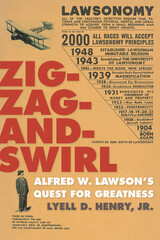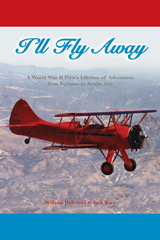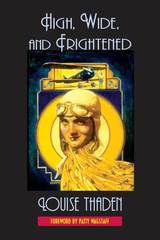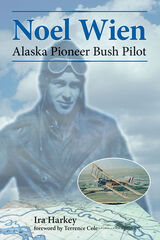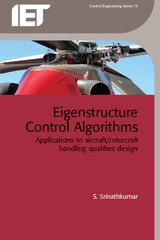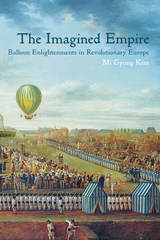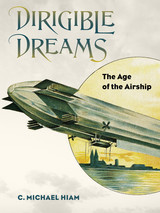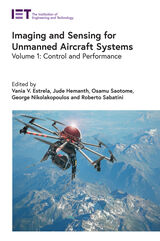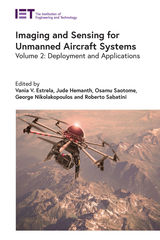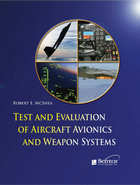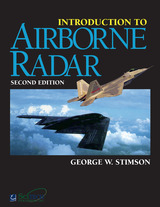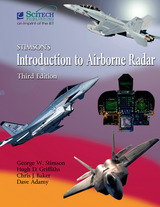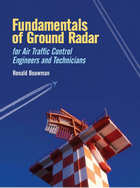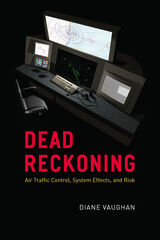The Enigma of the Aerofoil: Rival Theories in Aerodynamics, 1909-1930
University of Chicago Press, 2011
Paper: 978-0-226-06095-8 | Cloth: 978-0-226-06094-1 | eISBN: 978-0-226-06093-4
Library of Congress Classification TL570.B566 2011
Dewey Decimal Classification 629.1323
Paper: 978-0-226-06095-8 | Cloth: 978-0-226-06094-1 | eISBN: 978-0-226-06093-4
Library of Congress Classification TL570.B566 2011
Dewey Decimal Classification 629.1323
ABOUT THIS BOOK | AUTHOR BIOGRAPHY | REVIEWS | TOC | REQUEST ACCESSIBLE FILE
ABOUT THIS BOOK
Why do aircraft fly? How do their wings support them? In the early years of aviation, there was an intense dispute between British and German experts over the question of why and how an aircraft wing provides lift. The British, under the leadership of the great Cambridge mathematical physicist Lord Rayleigh, produced highly elaborate investigations of the nature of discontinuous flow, while the Germans, following Ludwig Prandtl in Göttingen, relied on the tradition called “technical mechanics” to explain the flow of air around a wing. Much of the basis of modern aerodynamics emerged from this remarkable episode, yet it has never been subject to a detailed historical and sociological analysis.
In The Enigma of the Aerofoil, David Bloor probes a neglected aspect of this important period in the history of aviation. Bloor draws upon papers by the participants—their restricted technical reports, meeting minutes, and personal correspondence, much of which has never before been published—and reveals the impact that the divergent mathematical traditions of Cambridge and Göttingen had on this great debate. Bloor also addresses why the British, even after discovering the failings of their own theory, remained resistant to the German circulation theory for more than a decade. The result is essential reading for anyone studying the history, philosophy, or sociology of science or technology—and for all those intrigued by flight.
See other books on: Aerodynamics | Aeronautics & Astronautics | Bloor, David | Enigma | Germany
See other titles from University of Chicago Press


